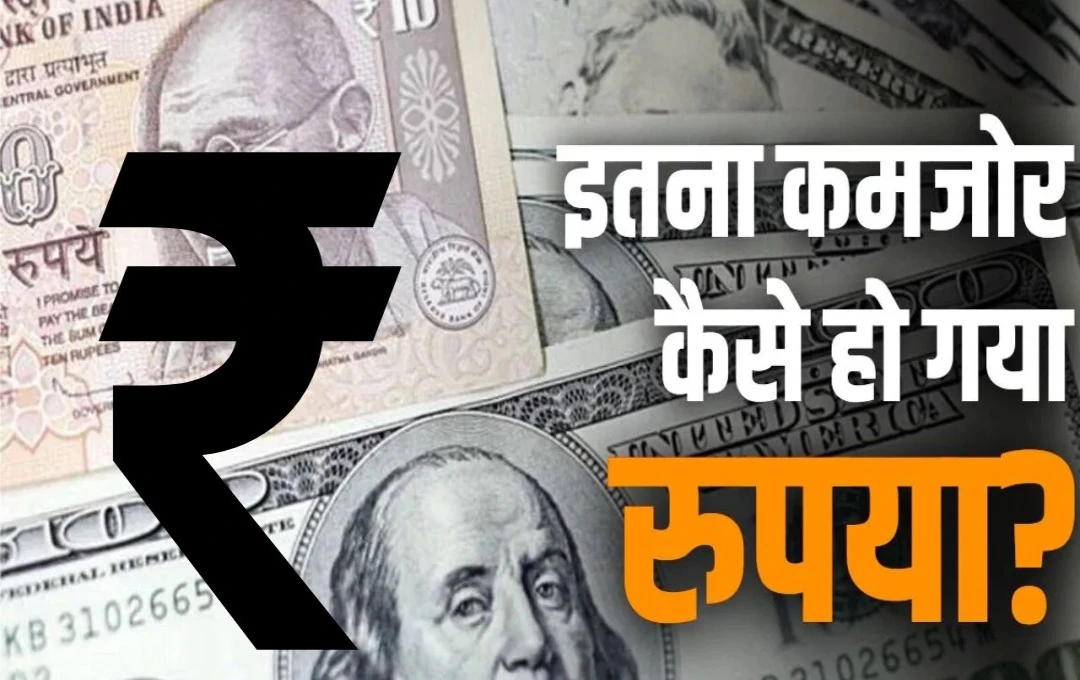The Rupee Hits a Lifetime Low Against the US Dollar, Raising Concerns about Inflation and Import Costs
The Indian Rupee recently experienced a significant decline, impacting not only the stock market but also the currency market. On Monday, the Rupee depreciated by 23 paise against the US Dollar, reaching a lifetime low of 86.27. This raises the question of how this decline will affect the average citizen.
Impact of Rupee's Decline on the Indian Economy
The persistent decline in the Rupee is not a positive sign for the Indian economy. On Monday, the Rupee fell by 23 paise against the US Dollar, reaching an all-time low of 86.27, after Friday's 18-paise drop to 86.04 per dollar. A weakening currency always impacts both the government and the general public, potentially leading to increased inflation and other economic challenges.
Why is the Rupee Falling?

Several factors contribute to the Rupee's decline. These include foreign investor selling, potential changes in interest rates by the US Federal Reserve, and rising crude oil prices. Foreign investors are withdrawing funds from the Indian stock market, while the US Dollar is strengthening. This has a corresponding impact on the Rupee. Additionally, rising crude oil prices are also contributing to the decline in the Indian currency.
Impact on the Average Indian Citizen
A weakening Rupee can have several consequences for the average citizen. For example, if you are sending money abroad for your child's education, you will now need to send more Rupees because the Dollar value has increased. Conversely, if you are receiving money from abroad, you will receive more Rupees than before.
Impact on Businesses
If your business relies on imports, you'll have to spend more Rupees to buy the same goods. On the other hand, businesses focused on exports may benefit from a weaker Rupee as their products become cheaper in the international market and potentially sell more.
Increased Inflationary Risks
The Rupee's weakness makes imported goods more expensive and exports cheaper. For example, India imports a significant amount of crude oil, and a weaker Rupee increases the cost of this import. This can lead to higher petrol and diesel prices, thereby increasing inflationary pressures.













